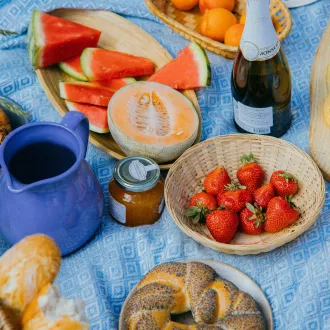ByOnlinecourses55

Identify foods gluten supermarket - nutrition celiac
For people with celiac disease or gluten sensitivity, grocery shopping can be a challenge. Gluten is a protein found in wheat, barley, rye and their derivatives, and while some products are clearly labeled as "gluten-free," there are many others that require a closer look.
When a product is labeled "gluten-free," this indicates that it contains less than 20 parts per million [ppm] of gluten, according to FDA regulations. However, it is crucial to check the ingredient list, as some products may contain undeclared traces of gluten.
When choosing products at the grocery store, it is critical to know how to read labels correctly:
Many fresh food choices are naturally gluten-free. For example, fruits, vegetables, fresh meat and dairy products are generally gluten-free, as long as they have not been processed or mixed with other ingredients.
Grains such as rice, quinoa and corn are also safe, as are alternative flours, such as almond flour, coconut flour or chickpea flour.
Even if a product is labeled "gluten-free," it is important to consider the risk of cross-contamination. This is a common problem with products processed in facilities that also handle wheat or other gluten-containing grains. Opting for brands that specialize in gluten-free products can minimize this risk.
For products such as bread, pasta and snacks, there are many gluten-free alternatives on the market. Look for products made with rice flour, corn flour, quinoa flour or tapioca starch. These ingredients provide a safe and delicious option for those who must avoid gluten.
Identifying gluten-free foods at the grocery store may seem overwhelming at first, but over time it becomes easier. The key is to learn to read labels and know which ingredients to avoid. Also, opting for fresh, unprocessed foods will always be a safe and healthy choice.